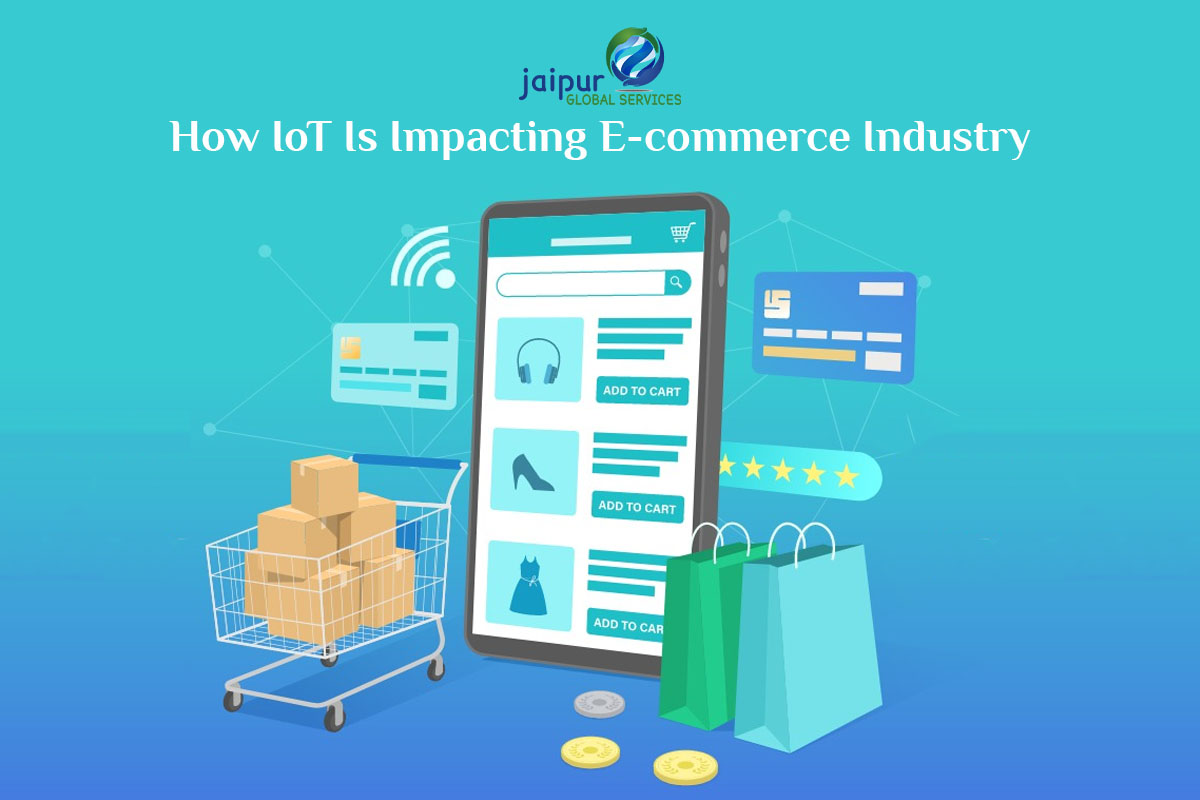
- jgservices
- Apr 18, 2023
- JGS
- 0 Comments
The Internet of Things (IoT) is a technology that is rapidly gaining ground in various industries, and e-commerce is no exception. IoT has revolutionized the way we interact with technology, making it possible for devices to communicate with each other and with the internet. This has opened up new opportunities for businesses to improve their operations and provide better services to their customers.
What is IoT?
IoT is a network of physical objects embedded with sensors, software, and other technologies that enable them to collect and exchange data. These objects can be anything from household appliances, cars, and wearable devices to industrial equipment and infrastructure. IoT makes it possible for these objects to communicate with each other and with the internet, allowing them to collect and analyze data in real time.
How IoT is Impacting the E-commerce Industry
1. Improved Customer Experience
One of the major benefits of IoT in e-commerce is that it provides a better customer experience. With IoT, businesses can collect data on customers’ preferences, purchase histories, and behavior patterns. This information can be used to provide personalized recommendations and offers to customers, improving their overall shopping experience.
2. Inventory Management
IoT also offers benefits to e-commerce businesses in terms of inventory management. With IoT-enabled sensors, businesses can track inventory levels in real-time, and automate the ordering process when inventory levels reach a certain threshold. This reduces the risk of stockouts and overstocking, while also improving the accuracy of inventory records.
3. Logistics and Supply Chain Management
IoT can also be used to improve logistics and supply chain management in e-commerce. With IoT-enabled sensors, businesses can track the location and condition of goods in transit, ensuring that they are delivered on time and in good condition. This can help to reduce shipping costs, improve delivery times, and increase customer satisfaction.
4. Payment Processing
IoT can also be used to improve payment processing in e-commerce. With IoT-enabled devices, businesses can accept payments using contactless technologies such as NFC and Bluetooth. This provides a faster and more convenient payment experience for customers, while also reducing the risk of fraud.
5. Security and Fraud Prevention
IoT can also be used to improve security and fraud prevention in e-commerce. With IoT-enabled sensors, businesses can track customer behavior patterns, identifying potential fraudulent activity in real time. This can help to reduce the risk of fraud, while also improving the overall security of the e-commerce platform.

Challenges of IoT in E-commerce
1. Integration
One of the major challenges of IoT in e-commerce is integration. IoT involves multiple devices and technologies, and integrating them into a coherent system can be challenging. Businesses need to ensure that their IoT-enabled devices and systems can communicate with each other seamlessly, without any issues.
2. Data Security and Privacy
IoT also presents challenges in terms of data security and privacy. IoT-enabled devices collect and transmit large amounts of data, which can be vulnerable to cyber-attacks and data breaches. Businesses need to ensure that their IoT systems are secure and comply with data privacy regulations.
3. Cost
Implementing IoT in e-commerce can be expensive, particularly for small businesses. IoT-enabled devices and systems can be costly to develop and implement, and businesses need to ensure that the benefits outweigh the costs before investing in IoT.
4. Technical Expertise
Implementing IoT in e-commerce requires technical expertise, and businesses may need to hire specialized personnel or work with third-party vendors to develop and maintain their IoT systems. This can add additional costs to the implementation process.
5. Compatibility
IoT-enabled devices and systems may not be compatible with all existing systems and platforms. Businesses need to ensure that their IoT systems are compatible with their existing infrastructure and platforms to avoid compatibility issues.
Conclusion
The Internet of Things (IoT) is transforming the e-commerce industry in various ways, offering numerous benefits to businesses and customers alike. IoT enables businesses to provide personalized experiences, improve inventory management, optimize logistics and supply chain management, enhance payment processing, and strengthen security and fraud prevention. However, implementing IoT in e-commerce also poses several challenges, including integration, data security, and privacy, cost, technical expertise, and compatibility. Despite these challenges, businesses that invest in IoT are likely to see significant improvements in their operations and customer experience. As such, e-commerce businesses should consider embracing IoT to stay competitive in the dynamic and rapidly evolving retail landscape.
